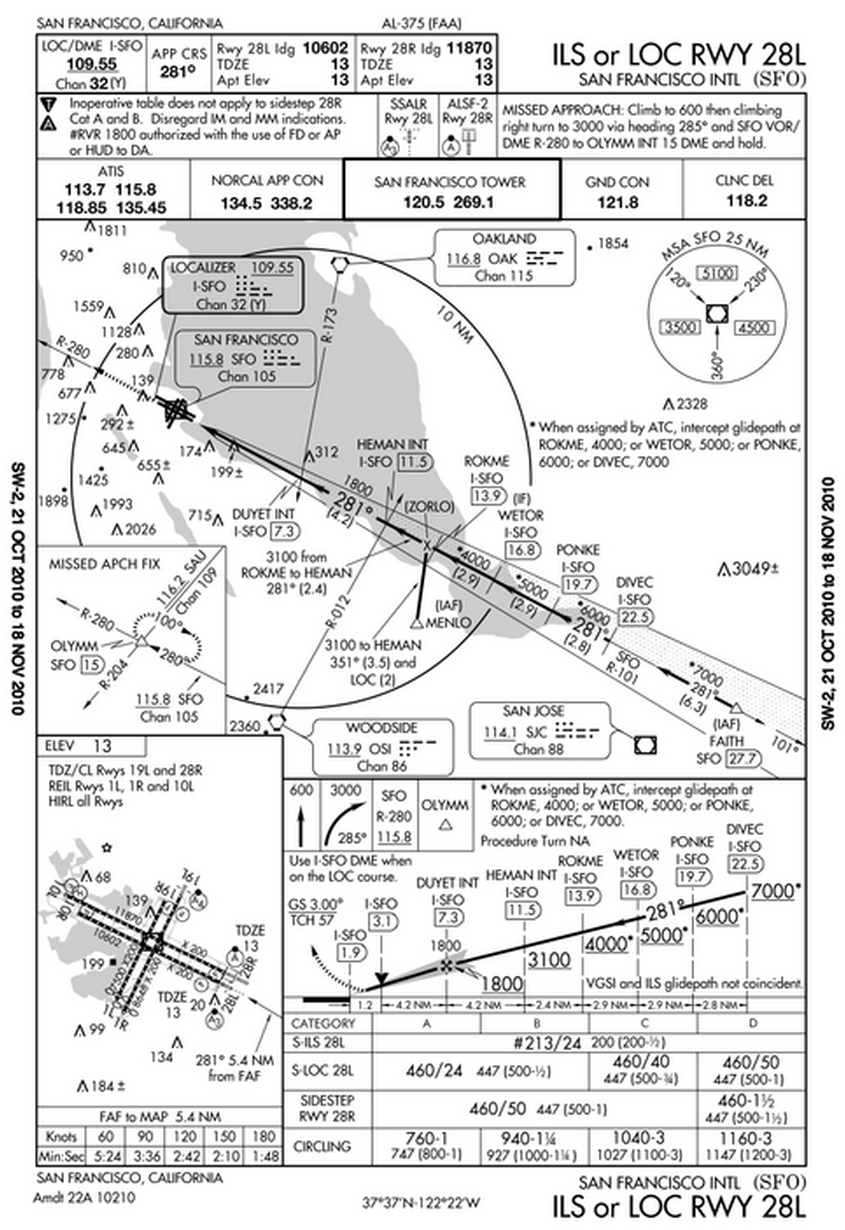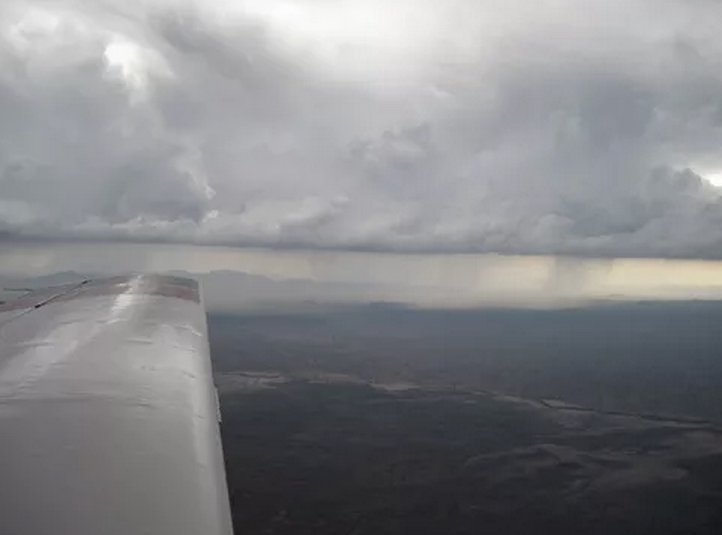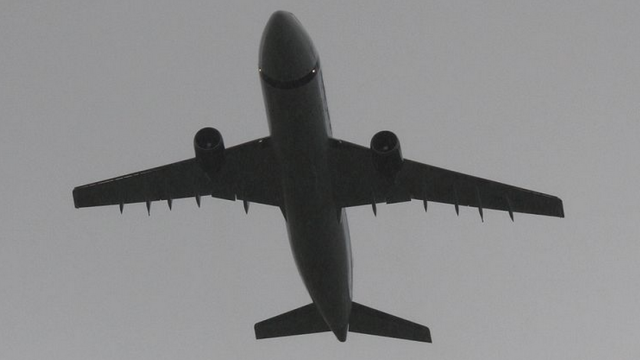The effect that weather has on air traffic delays is probably one of the most misunderstood aspects of aviation. The conditions that typically can cause delays are low cloud ceilings, low visibility, convective activity (thunderstorms), icing conditions, high winds and runway conditions.
There are essentially two set of regulations that relate to flying in weather. VFR (Visual Flight Rules) regulates flying in generally good weather where flight visibility is at least 4.8km and the aircraft is kept out of the clouds at all times. IFR (Instrument Flight Rules) permit flying through clouds and other restrictions to visibility, but the aircraft must follow a specific flight path and follow a specified procedure for the departure and approach. Any time an aircraft is flying at or above 18,000 feet (5486m), they must be on an IFR flight plan regardless of the weather.
All major airlines operate using IFR all the time, however they will often perform “visual” approaches and departures that save a significant amount of time. In instrument conditions, certain separation minimums (both lateral distance and altitude) must be maintained between aircraft. Due to limitations with current radar systems, these distances are rather conservative (I could write a whole post just on separation, but generally it’s 4.8km to 8km).
If the visibility and cloud cover permit a “visual” approach, the controller can give responsibility for separation to the aircraft (usually they will say “maintain visual separation with traffic, cleared for the approach”) and allow them to get a lot closer.
For airports doing close parallel arrivals (SFO, LAX, etc.), they cannot do side-by-side arrivals in instrument conditions and need to do staggered approaches with increased separation.
To give you an idea of how weather affects SFO: in visual conditions with a ceiling above 3000 feet (914.4m), it can handle 60 arrivals per hour. In instrument conditions with low clouds and visibility, it gets as few as 25 arrivals per hour (source).
So basically, when there’s low clouds and/or less than 4.8km of visibility, an aircraft will be flying an instrument approach to the airport. Already that will reduce the number of aircraft that can arrive and depart, but when clouds or visibility get REALLY low, an arriving aircraft may not be able to land and end up having to divert to an alternate airport. A departing aircraft may be stuck on the ground till conditions improve. Runways never close due to weather, but instrument conditions may not permit an aircraft to arrive or depart the airport.

The above is an example of an instrument approach into SFO (it uses the ILS — Instrument Landing System — to guide an aircraft to land on Runway 28 Left). If you aren’t familiar with these diagrams, it can be a bit hard to decode, but basically this particular approach can bring an aeroplane down to 200 feet (60.96m) above the ground with only a half mile (0.8km) of visibility. But by that point, the aircraft must be able see the runway or approach lights at the airport. If not, it must fly a “missed approach” pattern, then go back and do the same approach again or divert to an alternate airport.
It’s worth noting that Runway 28R at SFO has a Category IIIc ILS that allows aircraft to land in conditions below 200 feet (60.96m) and 1/2 mile (0.8km) visibility, but not all aircraft and flight crews are certified to fly that type of approach.
How does rain affect conditions? While rain itself appears harmless, it can drastically reduce visibility and also affect braking ability on the runway causing problems when landing on shorter runways. In the image below, you can see how rain trailing from the storm clouds is pretty much obscuring visibility out the left side of the aircraft (for those interested, this is just west of Deming, NM):

How about winds blowing across the runway? There are no maximum crosswind ratings for aircraft. During the certification process, an aircraft manufacturer will demonstrate that the aircraft can land safely in a specific crosswind, but it is by no means a limiting factor. A Cessna 152 has a maximum demonstrated crosswind component of 12 knots (about 22.5km/h), and I’ve landed ones in direct crosswinds of 25 knots (about 46.6km/h) or more.
For commercial airlines, they have operation specifications that are approved by the FAA that limit the crosswinds they can land in (and those values often change if the runway is wet or icy).
There’s more to understanding weather delays than what I cover here, but hopefully it’s a start.
About the author: Andrew Stagg, Commercial Pilot (Aeroplane Single and Multi-Engine Land Aeroplane)
Why does weather cause air traffic delays? Why can’t just as many planes take off and land in the rain? originally appeared on Quora.
